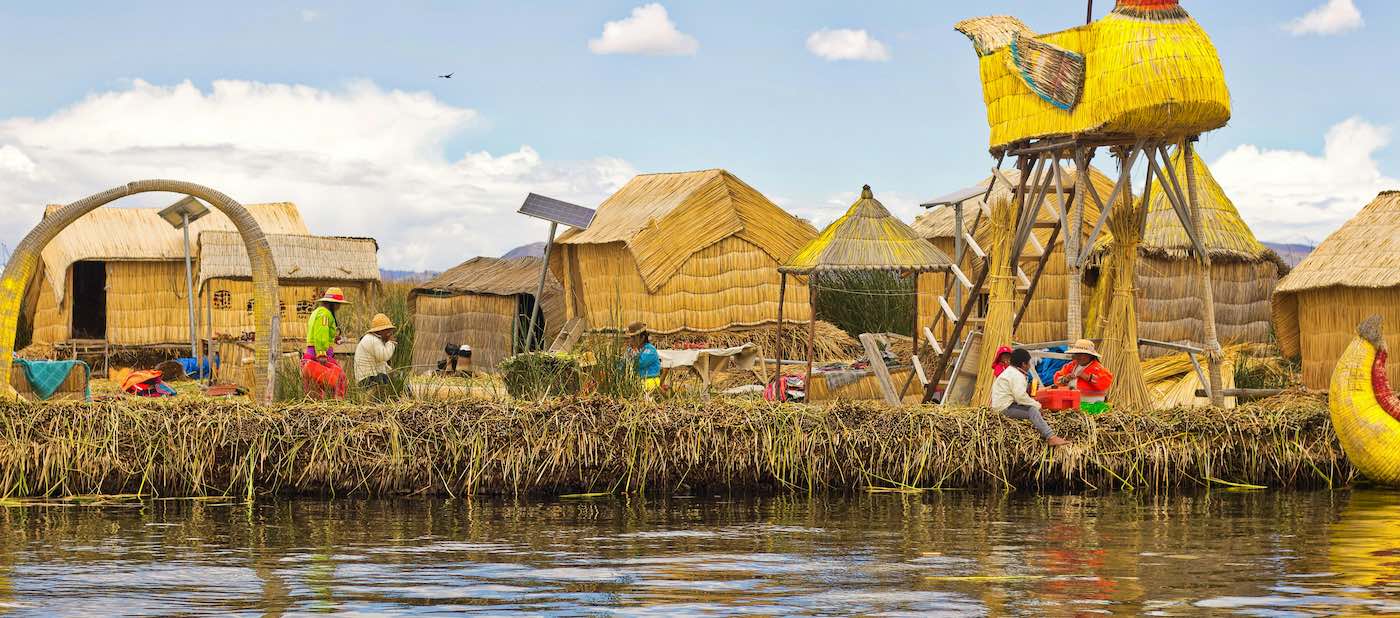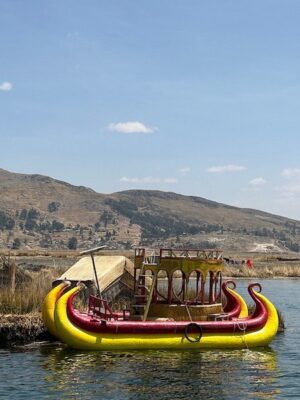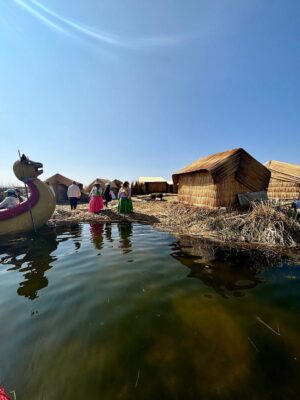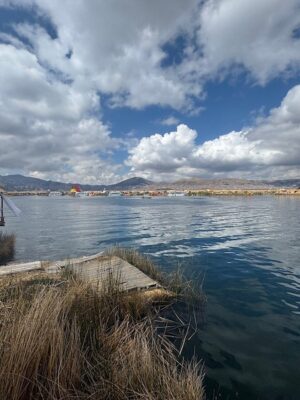Practical information
Discover the charm of Arequipa with our exciting tours! Explore the best Arequipa attractions. Here is some practical information, useful before booking a tour.
- Getting to Puno
- From Arequipa: The most common way is by bus, which takes approximately 6 hours. Buses depart frequently, with ticket prices ranging from $4 to $50 depending on the service level. Alternatively, you can take a taxi or drive, which takes about 4 hours and 39 minutes.
- From Cusco: You can travel by bus, which takes around 7 hours and costs around $35. Another option is to drive, which takes about 5 hours and 48 minutes. There are also train services available, though these take longer (approximately 10.5 hours) and are more expensive.
- Best time to visit: The ideal months to visit Puno are January through April and September through December. February is particularly vibrant due to the Virgen de la Candelaria festival, a significant cultural celebration. June through August is the peak tourist season; however, it can be quite cold, especially in July.
- Altitude: Puno is situated at an average altitude of 3,827 meters (12,556 feet) above sea level. Visitors should be aware of the potential for altitude sickness. It’s advisable to acclimatize gradually and stay hydrated.
- Duration of stay: A typical stay in Puno can range from 2 to 4 days, allowing enough time to explore Lake Titicaca, the Uros Islands, Taquile Island, and other local attractions.
Top attractions in Puno
- Lake Titicaca: The world’s highest navigable lake.
- Uros Islands: Floating islands made of reeds.
- Taquile Island: Known for its textile art.
- Amantaní Island: Offers homestays and breathtaking views.
- Sillustani: Ancient burial towers known as chullpas.
- Plaza de Armas: The main square with beautiful colonial architecture.
- Carlos Dreyer Museum: Showcases local history and culture.
For which tour/attraction visit Puno?
Puno is ideal for cultural tours, nature excursions, and adventure activities such as hiking and boating on Lake Titicaca. It attracts those interested in indigenous cultures, traditional crafts, and stunning high-altitude landscapes.
More about Puno
Puno has a rich history dating back to pre-Columbian times when it was inhabited by the Uros people. It became a significant site during the Inca Empire’s expansion in the 15th century. The city was officially founded in 1668 by Viceroy Pedro Antonio Fernández de Castro as the capital of the province of Paucarcolla.
Today, it serves as a cultural hub where Aymara and Quechua traditions thrive alongside modern influences. Puno’s strategic location by Lake Titicaca has made it a vital center for trade and cultural exchange throughout history. The region continues to celebrate its heritage through vibrant festivals, music, dance, and traditional crafts that attract visitors from around the globe.




